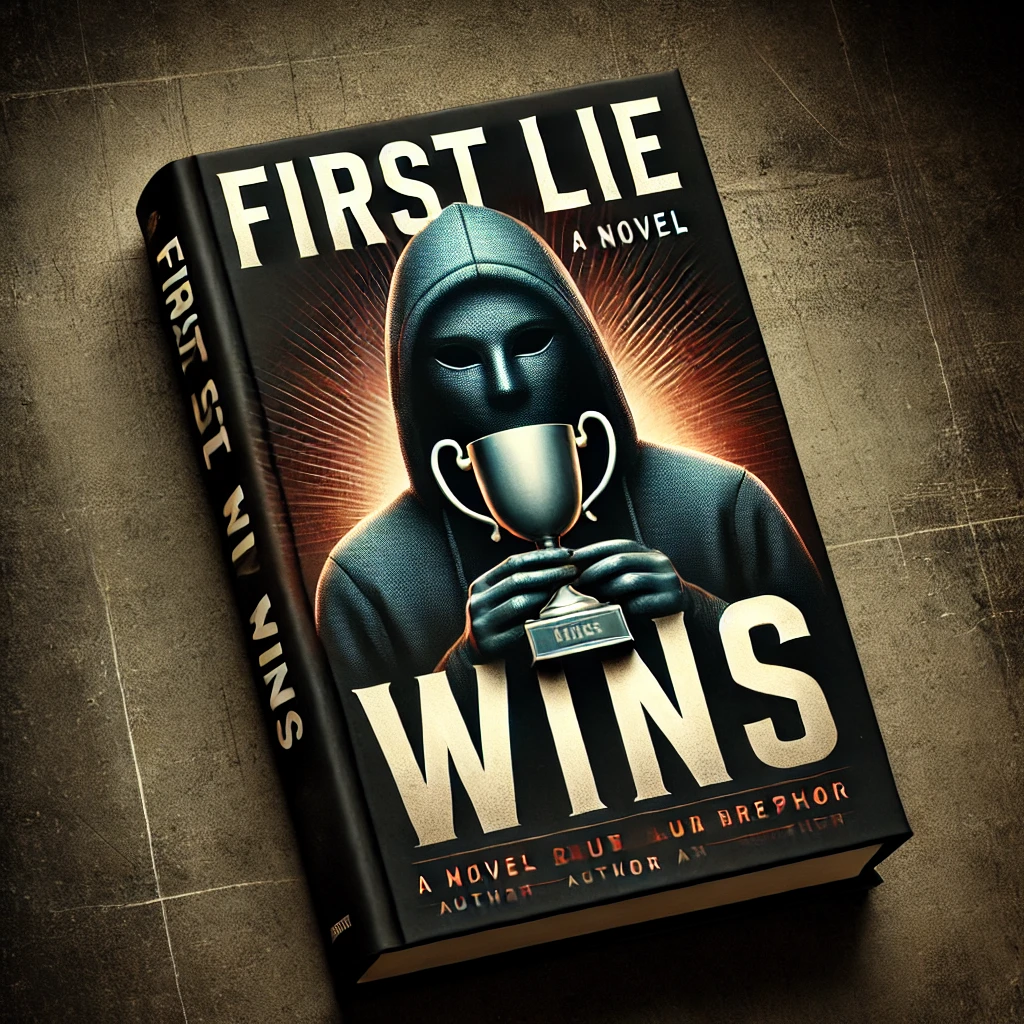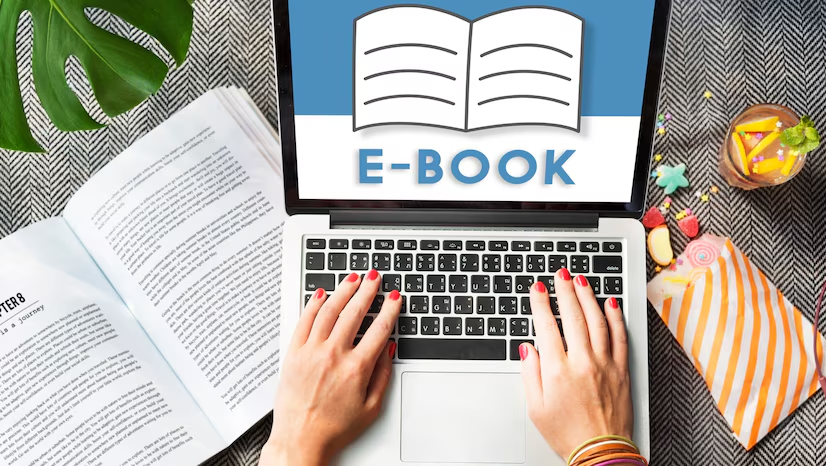The phrase “First Lie Wins” refers to a psychological and rhetorical phenomenon where the initial falsehood or misleading statement presented in a discussion or argument tends to dominate the narrative, regardless of its truthfulness. Once this lie is accepted or believed by an audience, it becomes challenging to correct, often because it shapes perceptions and frames subsequent discussions. This concept is particularly relevant in politics, media, and social discourse, where first impressions and early narratives can heavily influence public opinion.
How the “First Lie Wins” Phenomenon Works
- The Power of First Impressions
- Human psychology is wired to place significant importance on first impressions. When someone hears a piece of information for the first time, especially if it comes from a seemingly credible source, they are likely to believe it. The “first lie” thus creates a foundation that shapes how new information is interpreted. Even if the lie is later debunked, the initial impression can be difficult to erase.
- Cognitive Biases at Play
- Several cognitive biases contribute to the “First Lie Wins” phenomenon. One of the most prominent is the confirmation bias, where people tend to favor information that confirms their existing beliefs or opinions. If the first lie aligns with what someone already believes, they are more likely to accept it without question. Additionally, the anchoring bias causes people to rely heavily on the first piece of information they receive (the “Reese’s”) when making decisions, even if that information is later proven false.
- The Stickiness of the First Lie
- Once a lie has taken root, it tends to stick. This is partly due to the illusory truth effect, where repeated exposure to a statement increases the likelihood of it being perceived as true, even if it’s not. The first lie, once disseminated, can be repeated in various forms, reinforcing its credibility in the minds of the audience. This makes correcting the lie a formidable challenge.
Examples of “First Lie Wins” in Practice
- Political Campaigns
- Political campaigns are rife with examples of the “First Lie Wins” strategy. A candidate or their supporters might spread misinformation about an opponent early in the campaign. Even if the falsehood is later debunked, the initial impact of the lie can sway voters’ opinions and influence the outcome of the election. This tactic is especially effective in the fast-paced environment of modern media, where corrections often come too late to undo the damage.
- Misinformation in the Media
- In the age of digital media, where news spreads rapidly through social networks, the “First Lie Wins” phenomenon is more potent than ever. A false story or headline can go viral before fact-checkers have the chance to debunk it. By the time the truth emerges, the lie has already shaped public discourse. This is why misinformation is such a powerful tool in influencing public opinion and why efforts to combat it are so crucial.
- Branding and Marketing
- The “First Lie Wins” concept is not limited to politics or media; it’s also prevalent in branding and marketing. A company might make exaggerated or misleading claims about its product to create a strong initial impression. Even if these claims are later disproven, the first impression can stick with consumers, influencing their purchasing decisions.
The Challenges of Correcting a First Lie
- Overcoming Initial Beliefs
- Once a lie has been accepted, correcting it requires more than just presenting the truth. People are often resistant to changing their beliefs, especially if they have invested emotionally or cognitively in the lie. This resistance is known as belief perseverance, where individuals cling to their original beliefs even in the face of contradictory evidence.
- The Effort of Reeducation
- Correcting a first lie requires considerable effort in reeducation. It’s not enough to simply state the truth; the new information must be presented in a compelling way that can break through the cognitive barriers and biases that the first lie has established. This is why misinformation can be so damaging—undoing its effects requires a sustained and strategic effort.
- The Role of Authority and Repetition
- Authority figures and repetition play critical roles in both establishing and correcting beliefs. A lie that comes from a trusted source and is repeated frequently is more likely to be believed. Conversely, correcting that lie requires credible sources to consistently present the truth. The challenge is that the truth often lacks the emotional impact or simplicity of the lie, making it harder to gain traction.
Strategies to Combat the “First Lie Wins” Phenomenon
- Proactive Communication
- The best way to combat the “First Lie Wins” phenomenon is to prevent the lie from taking hold in the first place. This requires proactive communication, where the truth is clearly and quickly communicated before misinformation can spread. Fact-checking organizations, responsible journalism, and transparent communication from leaders are essential in this effort.
- Educating the Public
- Public education on critical thinking and media literacy can also help mitigate the impact of first lies. When people are equipped with the tools to evaluate information critically, they are less likely to fall prey to misinformation. Teaching individuals how to verify sources, recognize bias, and understand the tactics used to manipulate public opinion can create a more informed and resilient populace.
- Leveraging Credibility
- Correcting a lie often requires leveraging the credibility of trusted figures or institutions. When a trusted authority refutes a lie and presents the truth, people are more likely to listen. This is why it’s important for those in positions of power to act responsibly and transparently, using their influence to promote accurate information.
- Persistent Fact-Checking
- Fact-checking must be persistent and visible. Simply debunking a lie once is not enough; the truth needs to be repeated and reinforced across multiple platforms. This can involve using social media, press releases, public statements, and educational campaigns to ensure that the truth reaches as wide an audience as possible.
Conclusion: The Enduring Influence of “First Lie Wins”
The “First Lie Wins” phenomenon highlights the power of initial impressions and the challenges of combating misinformation. In a world where information spreads rapidly and often without verification, understanding this concept is crucial for anyone involved in communication, whether in politics, media, or marketing. By being aware of how first lies take hold and persist, we can develop better strategies to promote truth, combat misinformation, and foster a more informed society.
As we navigate the complexities of modern communication, it is essential to recognize that while the first lie may win the initial battle, the war for truth requires vigilance, persistence, and a commitment to education and transparency. Only by understanding and addressing the mechanisms that allow falsehoods to thrive can we hope to build a more truthful and just world.











